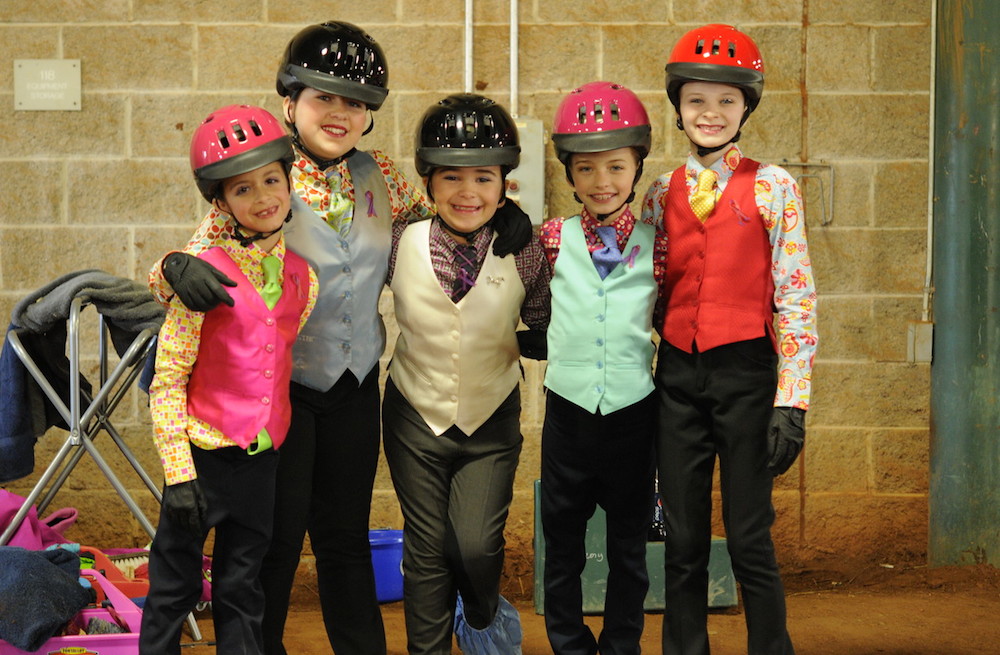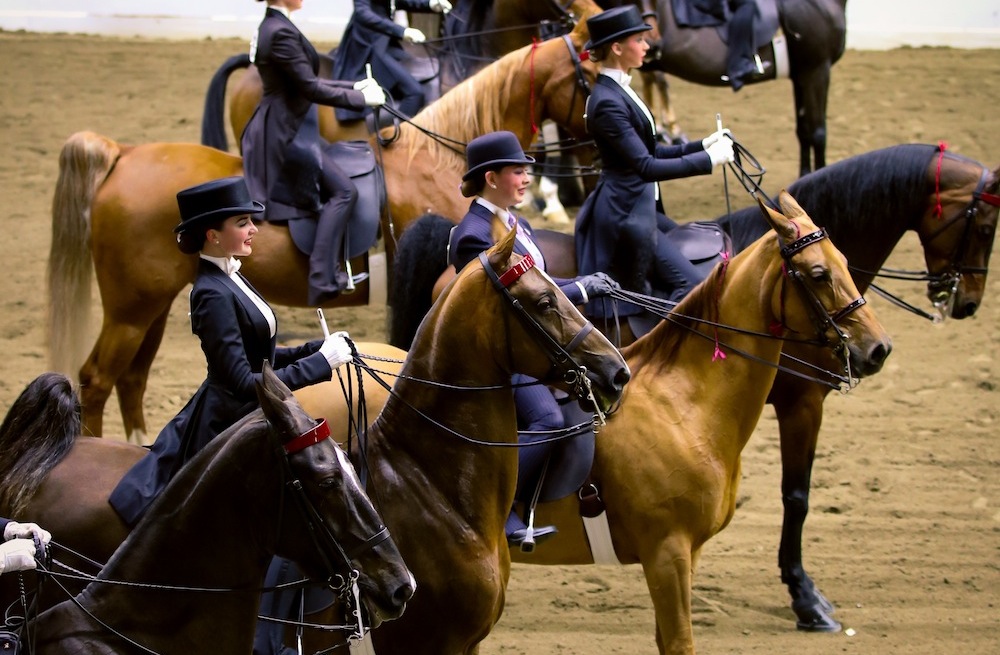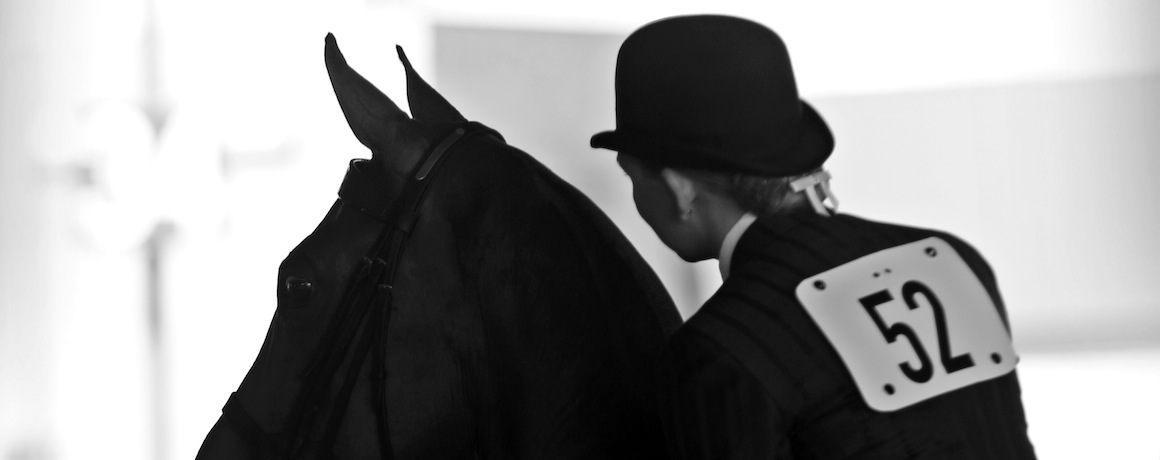- Details
- Written by: Allie Layos
- Category: Learn
 Horse showing itself may be a subjective business, but in actuality the rules are pretty straightforward. In the performance, pleasure and equitation divisions, rules come from a national governing body and remain the same across the country. Then there is the academy division, a relatively new addition to the horse show scene, which has been governed differently since its first day – on purpose.
Horse showing itself may be a subjective business, but in actuality the rules are pretty straightforward. In the performance, pleasure and equitation divisions, rules come from a national governing body and remain the same across the country. Then there is the academy division, a relatively new addition to the horse show scene, which has been governed differently since its first day – on purpose.
- Details
- Written by: Dallys Malenfant
- Category: Learn
 Most exhibitors probably walk into their barn’s aisle at a show, hang their suit in the dressing room, see the pictures and display racks on the curtained walls and simply don’t realize how much work has gone into creating a comfortable and inviting home-away-from-home for the barn and its clients.
Most exhibitors probably walk into their barn’s aisle at a show, hang their suit in the dressing room, see the pictures and display racks on the curtained walls and simply don’t realize how much work has gone into creating a comfortable and inviting home-away-from-home for the barn and its clients.
As anyone who has helped to set up before a show knows, there is no magic elf that comes in and does the work. Everything – from the dressing room to the tack room and hospitality area – was created with a lot of sweat, elbow grease, some screws and maybe a few tears from dedicated staff and helpers. This creative and precise process is all about the details.
- Details
- Written by: Allie Layos
- Category: Learn
 From trimming whiskers to painting hooves, many details go into preparing a horse for the show ring, but preparing a rider requires an equal amount of skill. Lapels must be pinned, boots and sometimes gloves must be taped and makeup must be flawless. And then there is always the challenge of the horse show bun.
From trimming whiskers to painting hooves, many details go into preparing a horse for the show ring, but preparing a rider requires an equal amount of skill. Lapels must be pinned, boots and sometimes gloves must be taped and makeup must be flawless. And then there is always the challenge of the horse show bun.
- Details
- Written by: Dallys Malenfant
- Category: Learn

Choosing the “perfect" equitation horse can be a tall order. Whether you’re looking at a seasoned veteran or a new face in the division, the choice you make can have significant consequences for the equation rider. Finding the correct combination of riding style, size, and attitude is essential when you’re looking to pair your equitation rider with a new partner.
- Details
- Written by: Allie Layos
- Category: Learn




